The tragic life and death of the pygmy Ota Benga, a living exhibit from the zoo
Categories: Africa | History | Nations
By Pictolic https://pictolic.com/article/the-tragic-life-and-death-of-the-pygmy-ota-benga-a-living-exhibit-from-the-zoo.htmlHe was the last of his tribe, all of whose members were killed by Belgian soldiers. Despite the fact that slavery in the United States has long been outlawed, he ended up in a cage in an American zoo, where he was shown as a "monkey man". The pygmy Ota Benge is a human exhibit and a tragic example of an unfortunate man who was robbed of his homeland.
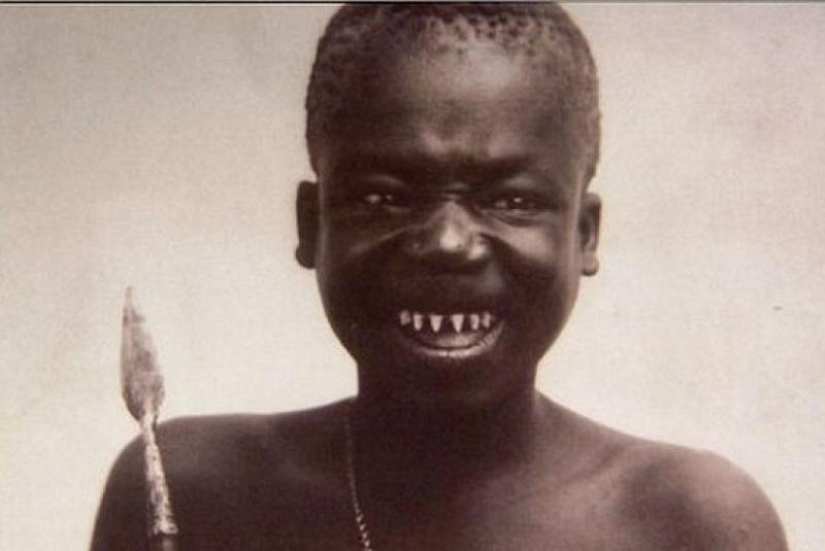
One of the periods of human development is rightly called the "Dark Middle Ages" because of the prejudices and savagery that prevailed at that time. It turned out that some manifestations of this savagery "safely" migrated to the XIX and XX centuries. One example is the dramatic story of a Congolese pygmy from the Mbuti – Ota Benga people, whose name translates as "friend".
The book "The Origin of Man" by Charles Robert Darwin caused a real stir in the scientific society. Evolutionary scientists began to actively search for possible remains of apes. However, some of their would-be colleagues firmly believed that there were also living representatives of the intermediate stage of development of monkeys into humans. The beginning of the twentieth century was marked by a new outbreak of enthusiasm in search of living representatives of the transitional form, which sometimes reached the point of absurdity.
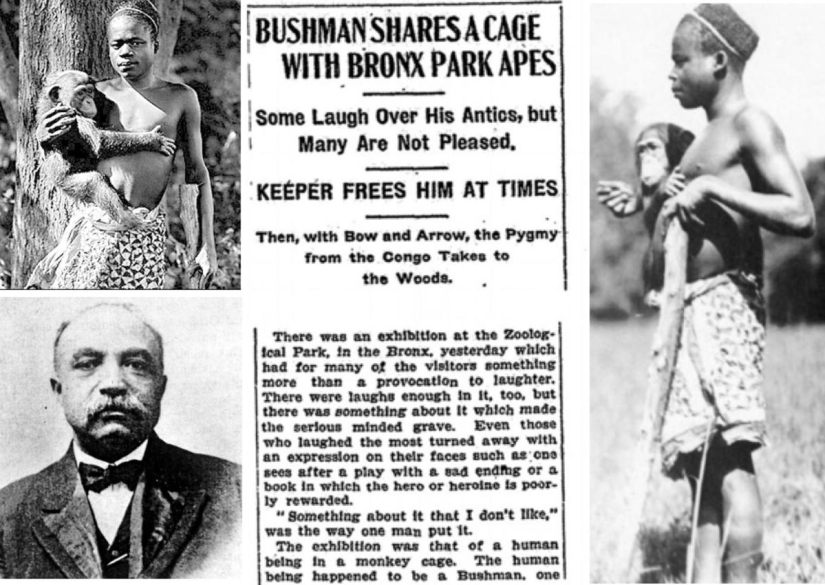
Pygmies
Some sources claim that Benga was freed from captivity by the slave traders of the Congo missionary Samuel Phillips Werner, having bought him for a pound of salt and a piece of cloth. According to other sources, the unfortunate pygmy was forcibly captured by the same "evolutionary researcher" in 1904.
Pygmy Ota Benga, who was 23 years old, was a married man and had two children – it would seem that everything is like ordinary people. One day he went hunting, and when he returned, he found that his entire tribe, including his family, had been killed by Belgian soldiers.
Missionary Werner refused to consider pygmies as full-fledged representatives of the human race and was very happy to meet a tribe of "monkeys" who had not yet "passed" the stage of evolution on the way to modern man.
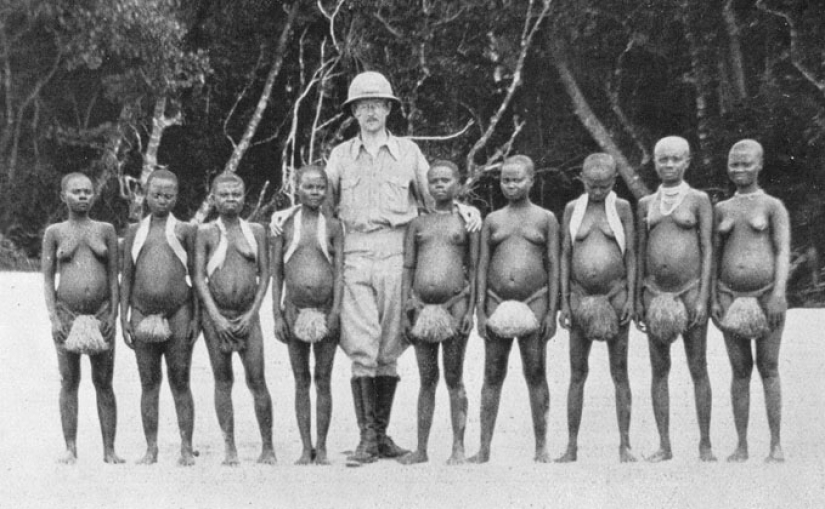
Ota Benga (second from left) with tribesmen
Little Beng, whose height was 140 cm and weight 46 kg, was chained up and put in a cage. In fact, he became a slave, despite the fact that it was the twentieth century. He was sent to the American city of St. Louis, Missouri, for the World's Fair, where he became part of the anthropological exposition as a "living exhibit" along with various species of monkeys. There they tried to present him as a "transitional evolutionary form" closest to modern humans.
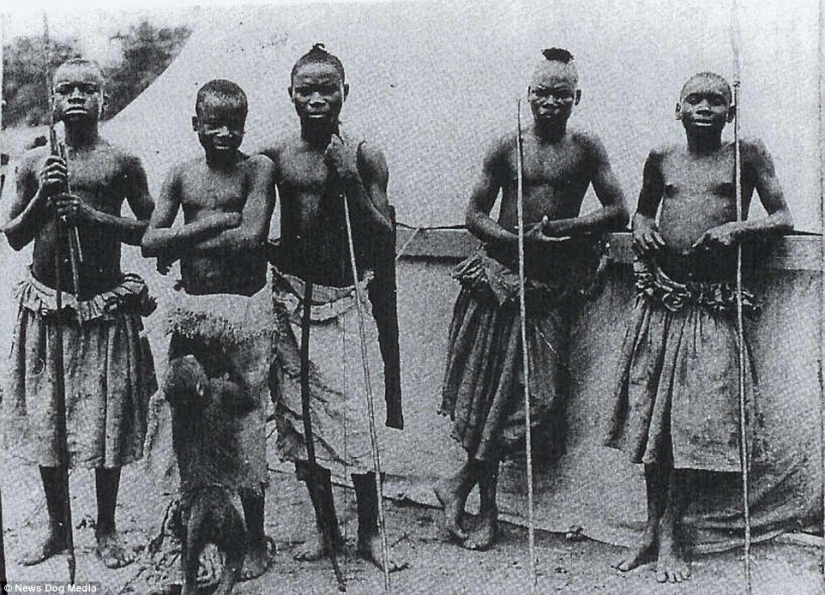
St. Louis World's Fair 1904
In 1906, in the Bronx, New York, he had to perform in the exposition of the "human zoo". Together with him, there were chimpanzees, gorillas and orangutans in a real monkey house. Against their background, he appeared as a living example of an ancient ancestor of man. Thousands of people came to the performance hoping to see the outlandish "animal", and others treated him like an animal.
Racist–minded mass media, who firmly believed in the indisputable superiority of white people, were happy to publish reports about Ota Beng - the missing link in the form of a half-monkey, half-man.
The head of the zoological park, evolutionist William Horned, in his "fiery" speeches, claimed that it was a great honor for his institution to have at its disposal such a specimen, personifying the "transitional form" from monkey to man.
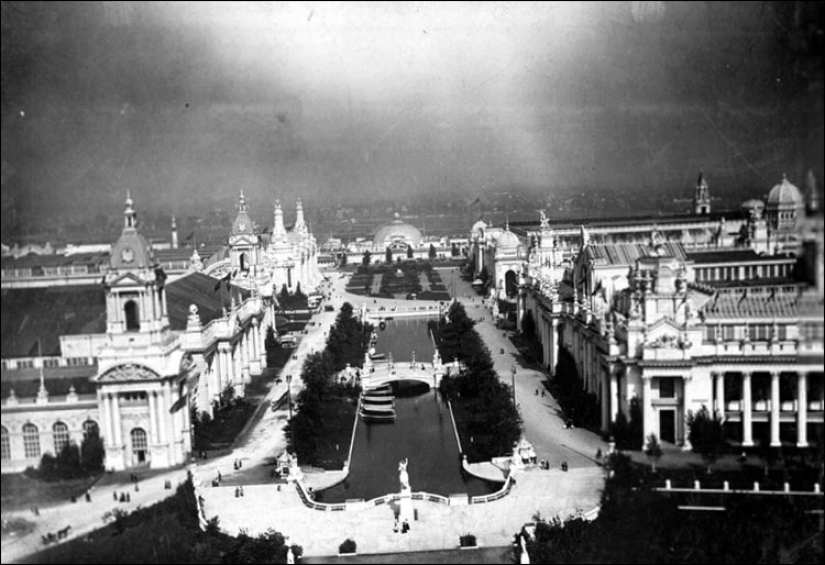
Due to the fact that Ota had sharpened teeth, he was presented to the public as an ogre
This practice was common in those years. Zookeepers often showed examples of "non-Western" people as an example of the "early stage" of human evolution. But this time, for the first time, a person was put in a cage in an American zoo. It was a real medieval barbarity.
At first, the naive, good-natured and cheerful Beng was allowed to walk around the park, help take care of the animals, but most of the time he was in the monkey house. He was even given a bow and arrow to attract new crowds of onlookers and earn even more money from the exhibition.

Ota Benga at the Bronx Zoo in 1906
The African Americans decided to help the poor pygmy, about whom they wrote a lot in the newspapers of those years. Pastor MacArthur, a representative of the church for blacks, managed to secure the release of Ota Beng, and the head of the Howard Orphanage, James M. Gordon, took the pygmy under his care.
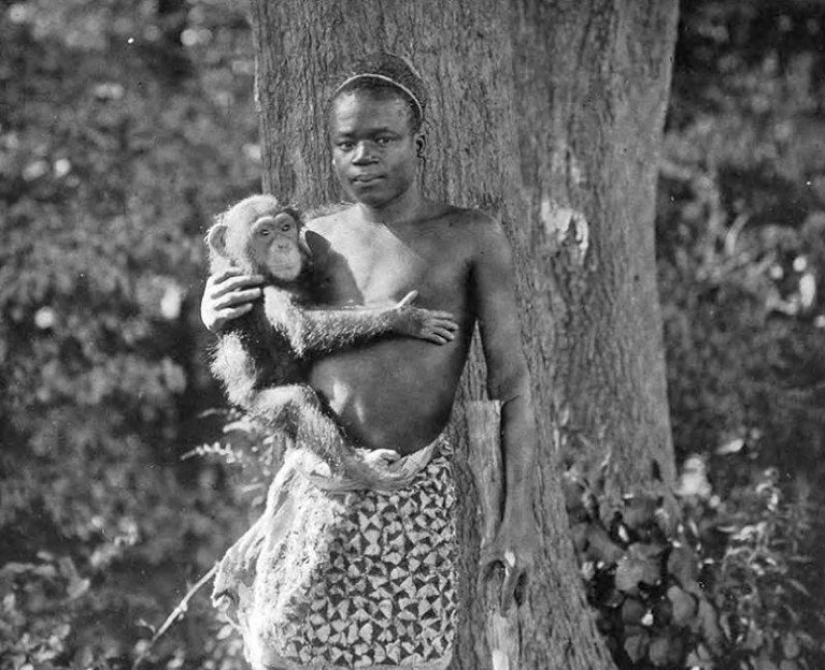
Long months passed, the depressed state turned into a deep depression, followed by a nervous breakdown. As a result, in 1916, Ota Benga, who by that time was 32 years old, committed suicide, because the thought of being unable to return home was unbearable to him. So ended the sad story of a cheerful man.
Keywords: Zoo | Pygmies | Racism | Fate
Post News ArticleRecent articles

Ready to let out your wildest fantasies? View that creates American digital artist Konzhe Marcus (Marcus Conge), which connects the ...

Tatiana Gavrilova, better known by her creative pseudonym TanikoGa— is a Russian artist from Shlisselburg who loves cats and ...
Related articles

The most famous in the history of the drug Lord — Pablo Escobar did in this world a lot of evil. Victims of the Medellín ...

Hello, I am a zoo photographer, Mac So. This photo shows a Bornean orangutan father, mother, and offspring. All were taken at the ...

He was the last of his tribe, all of whose members were killed by Belgian soldiers. Despite the fact that slavery in the United ...

Among the indigenous people of New Zealand, the Maori, tattoos were an integral part of their culture. All representatives of this ...